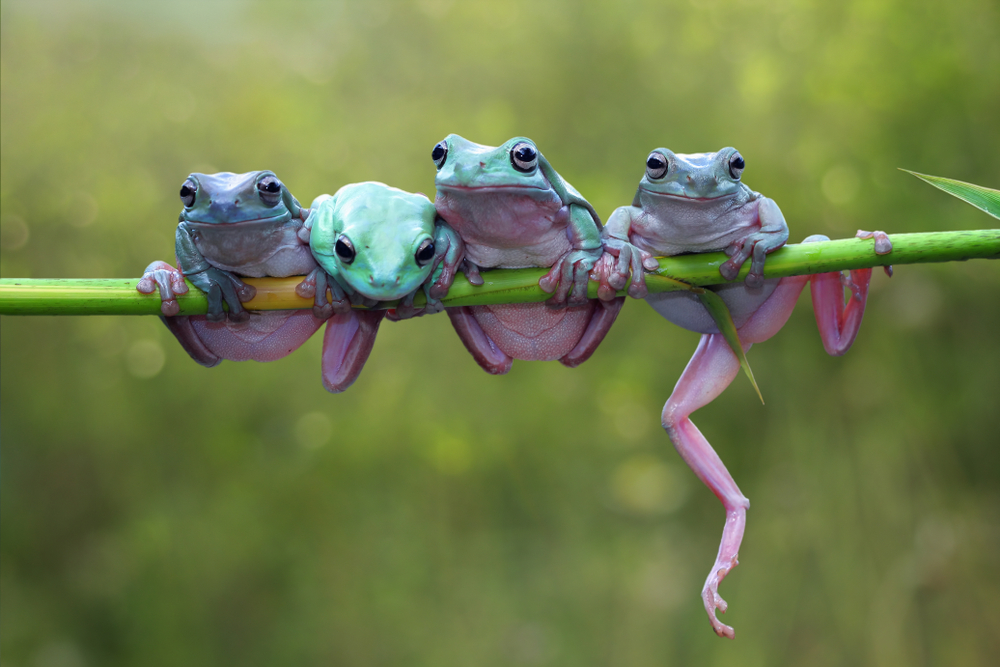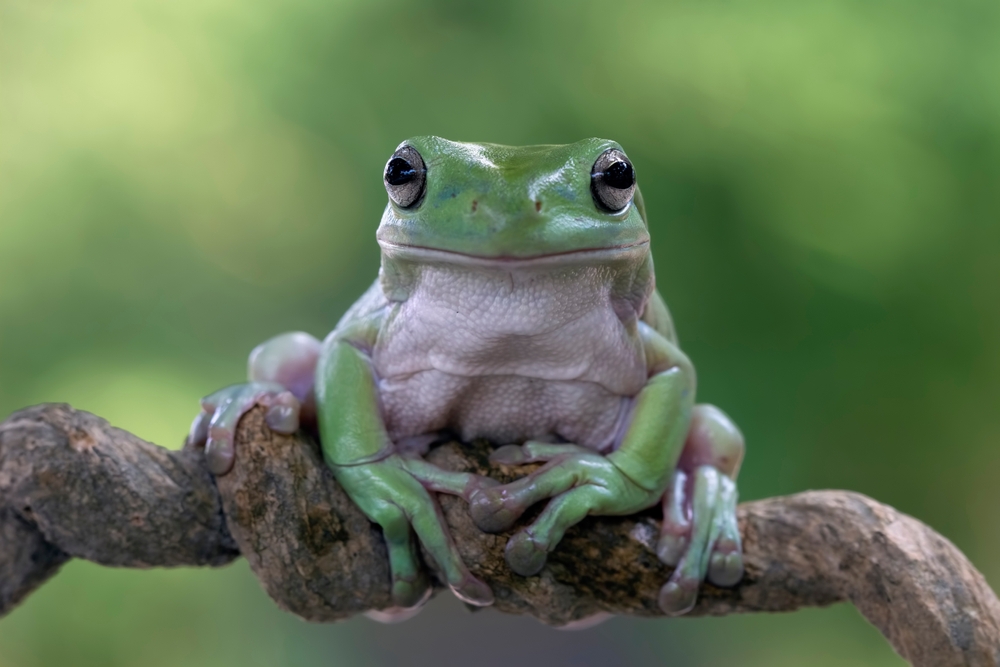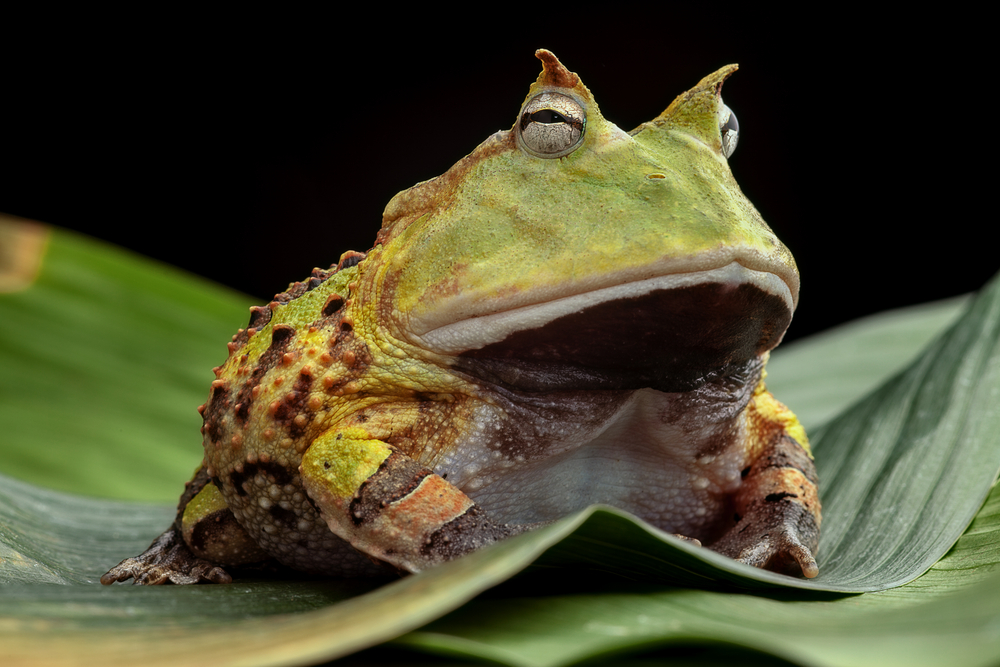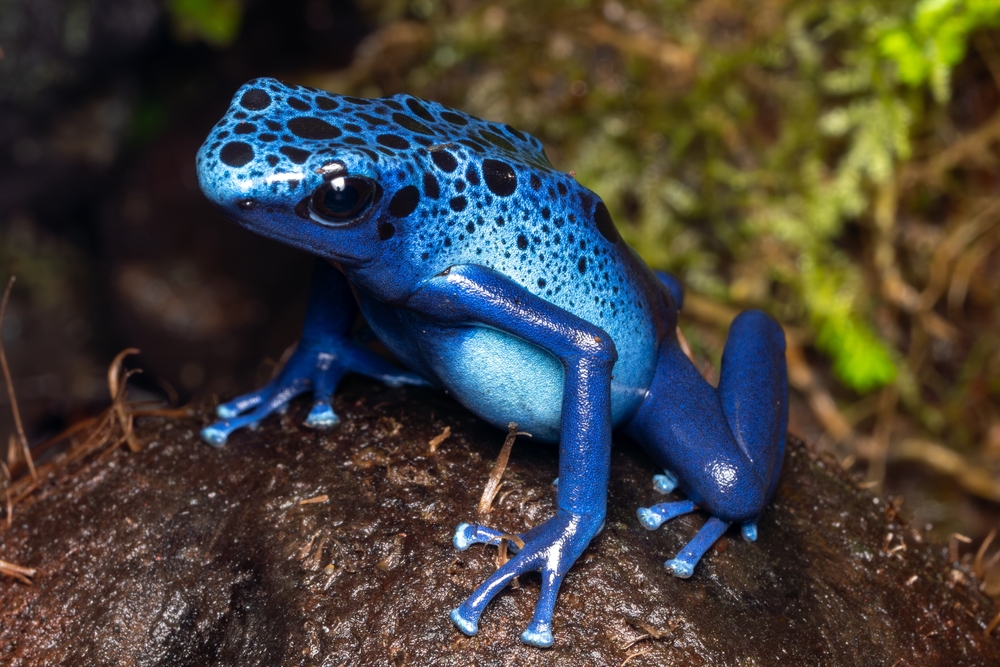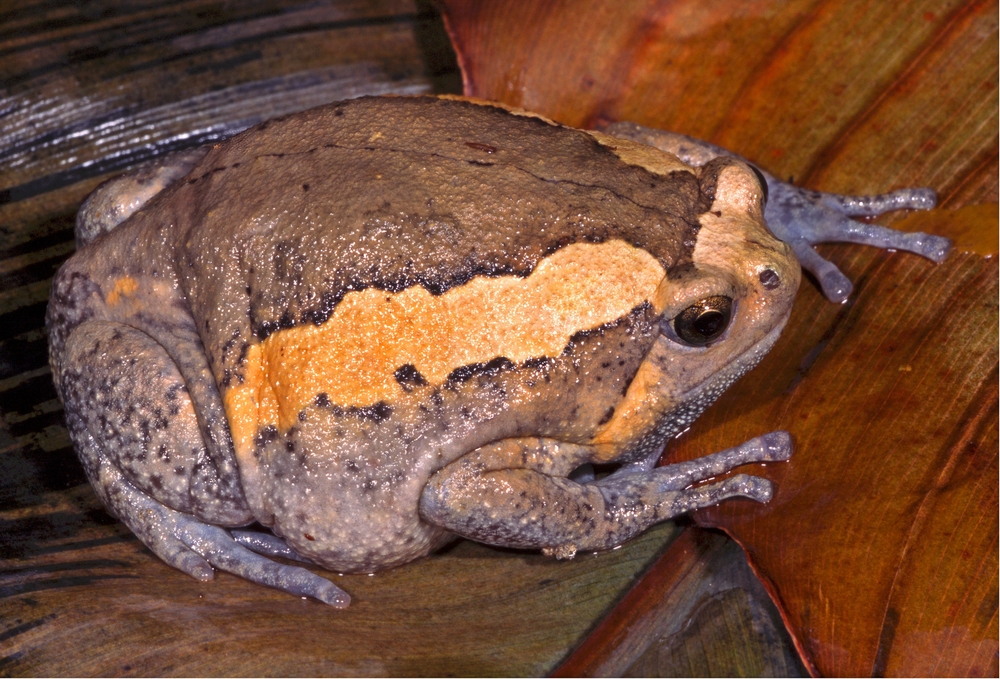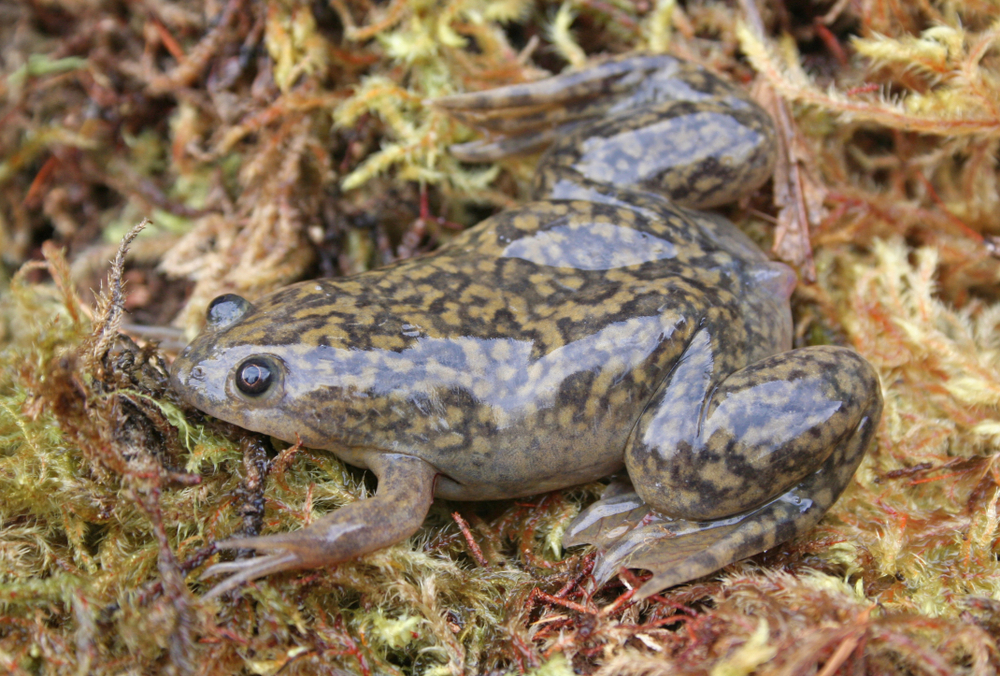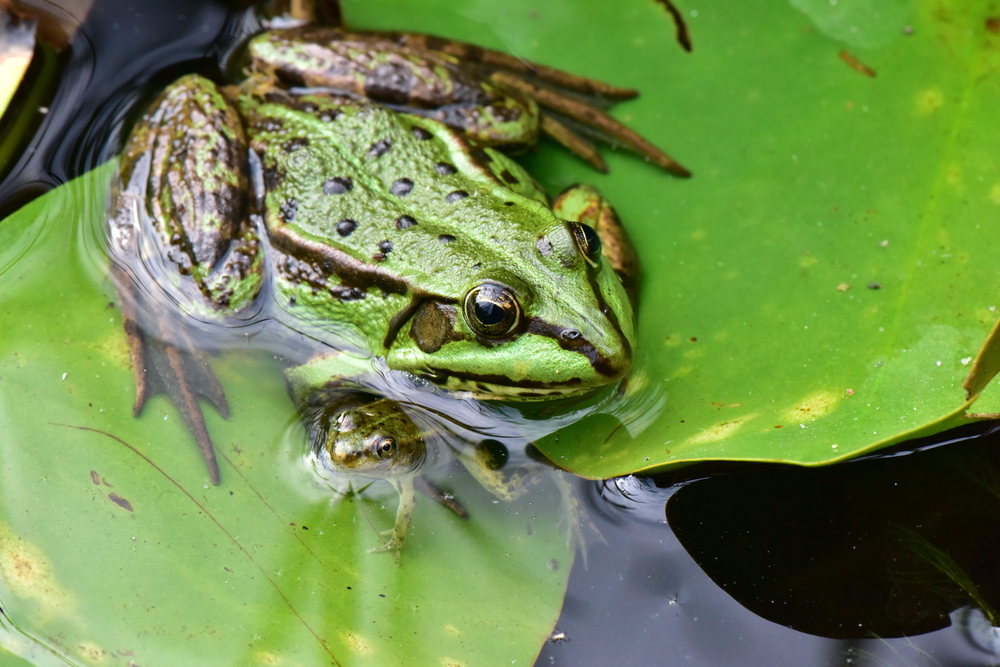Uniqueness
Waxy Skin for Water Retention:
One of the most unique adaptations of the Dumpy Tree Frog is its waxy skin coating, which helps reduce moisture loss. This adaptation allows it to survive in drier and hotter environments than most tree frogs, making it more resilient during dry seasons and droughts.
Unusually Long Lifespan:
Dumpy Tree Frogs are one of the longest-living amphibians, often surviving 15 to 20 years in captivity—significantly longer than most frog species. Their longevity, calm temperament, and tolerance for handling have made them highly popular in herpetology and pet ownership.
“Smiling” Expression and Docile Nature:
They are affectionately known for their chubby appearance and “smiling” faces, giving them a personable look. Unlike many amphibians, they are docile and rarely skittish, making them unusually approachable and engaging for humans.
Ability to Tolerate Urban Environments:
Dumpy Tree Frogs frequently coexist with humans, especially in Australia, where they are known to inhabit:
Defensive Skin Secretions:
Their skin secretes compounds that inhibit bacteria and fungi, offering protection against pathogens. Scientists have studied these secretions for their potential in antibiotic development. The frog’s ability to resist infection contributes to its hardiness.
Vocal Range and Calling Behavior:
Males emit a deep, throaty “crawk-crawk” that sounds almost like a duck. Their call is lower and slower than most tree frogs and can be heard on humid nights near water or even in household plumbing where sound resonates.
Cultural and Conservation Icon:
The Dumpy Tree Frog is an iconic Australian species, beloved for its approachable nature. Though not endangered, its popularity helps promote amphibian conservation awareness, especially in regions facing declines from habitat loss and chytrid fungus.



































































